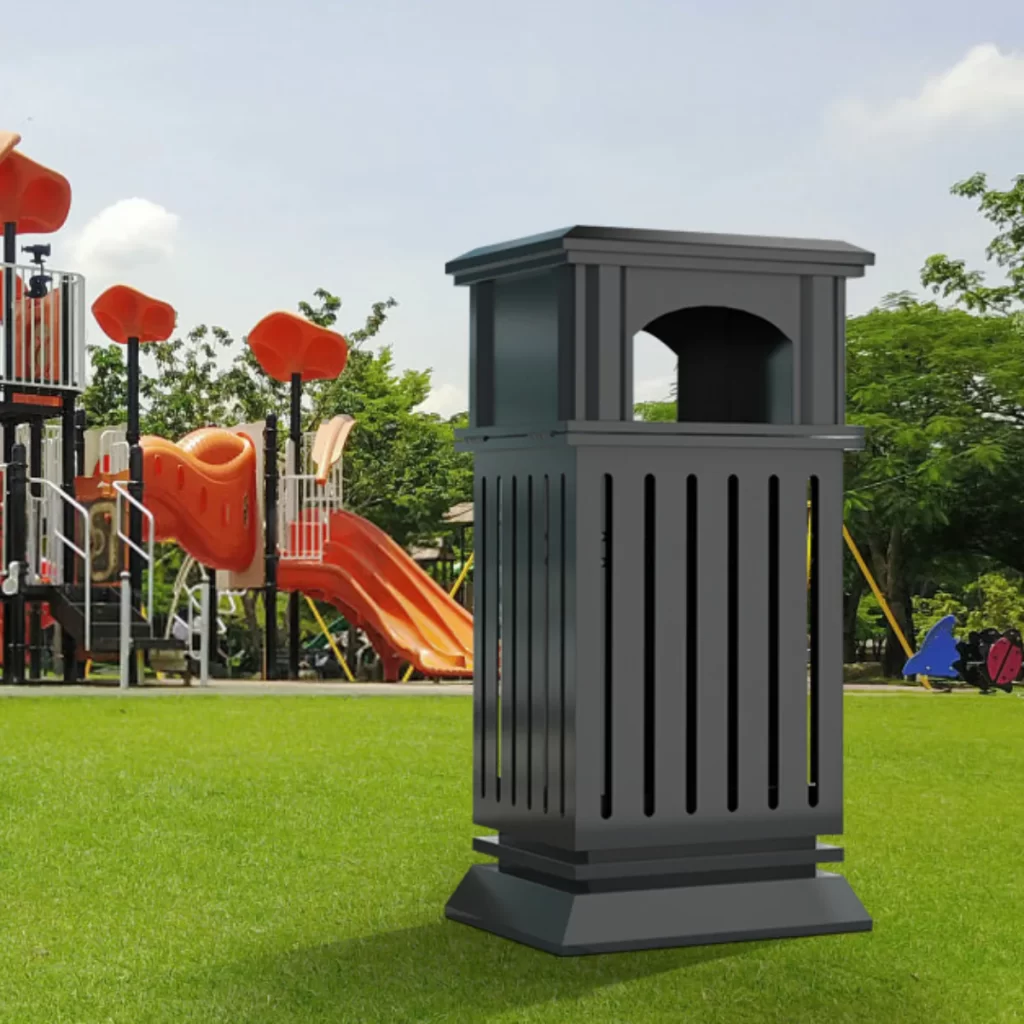The advent of Internet of Things IoT technology is revolutionizing various sectors, including waste management. IoT-enabled commercial trash cans represent a significant innovation in this field, transforming the way waste is collected, managed, and processed. These smart trash cans are equipped with sensors, connectivity modules, and data analytics capabilities that collectively enhance efficiency, reduce costs, and promote sustainability. At the core of IoT-enabled trash cans are sensors that monitor fill levels, weight, temperature, and even the presence of hazardous materials. These sensors provide real-time data, allowing waste management companies to optimize their collection routes and schedules. Instead of adhering to a fixed collection timetable, which often results in either overflowing bins or unnecessary trips to empty partially filled ones, smart bins enable dynamic scheduling. This efficiency not only reduces operational costs, such as fuel and labor, but also minimizes the environmental impact by cutting down on emissions. Connectivity is another crucial element of these smart systems. The data collected by the sensors is transmitted to central management systems via cellular, Wi-Fi, or other communication networks.

This connectivity ensures that data is available in real-time, facilitating immediate responses to issues such as overfilled bins, fire hazards, or vandalism. For instance, if a bin is nearing capacity, an alert can be sent to the waste management team to prioritize that bin in the next collection round. Additionally, this connectivity allows for remote diagnostics and maintenance, further enhancing operational efficiency. Data analytics play a pivotal role in transforming raw data from IoT-enabled trash cans into actionable insights. Advanced algorithms analyze patterns and trends in waste generation, enabling municipalities and businesses to make informed decisions. For example, data might reveal that certain areas produce more waste at specific times, prompting adjustments in collection frequency or bin placement. Over time, these insights can lead to more effective waste management strategies, including the identification of opportunities for recycling and waste reduction. The benefits of IoT-enabled commercial trash cans extend beyond operational efficiencies. They also contribute to broader environmental and social goals. By optimizing waste collection routes, cities can reduce their carbon footprint, contributing to climate action efforts.
These innovations align with smart city initiatives aimed at leveraging technology to improve urban living conditions. Public health and safety are also enhanced through the use of smart trash cans. Sensors can detect hazardous materials or unusual activity, such as sudden increases in temperature that might indicate a fire. Immediate alerts to such dangers can prevent accidents and mitigate risks, ensuring safer environments for both residents and workers. Moreover, smart bins can improve urban aesthetics by preventing overflowing trash, which often leads to litter and pest problems. In conclusion, IoT-enabled commercial trash cans are transforming waste management by introducing unprecedented levels of efficiency, sustainability, and commercial trash cans safety. Through the integration of sensors, connectivity, and data analytics, these smart systems optimize collection processes, reduce environmental impact, and enhance urban living conditions. As cities continue to grow and face increasing waste management challenges, the adoption of IoT-enabled solutions will be crucial in building sustainable, resilient, and smart urban environments.